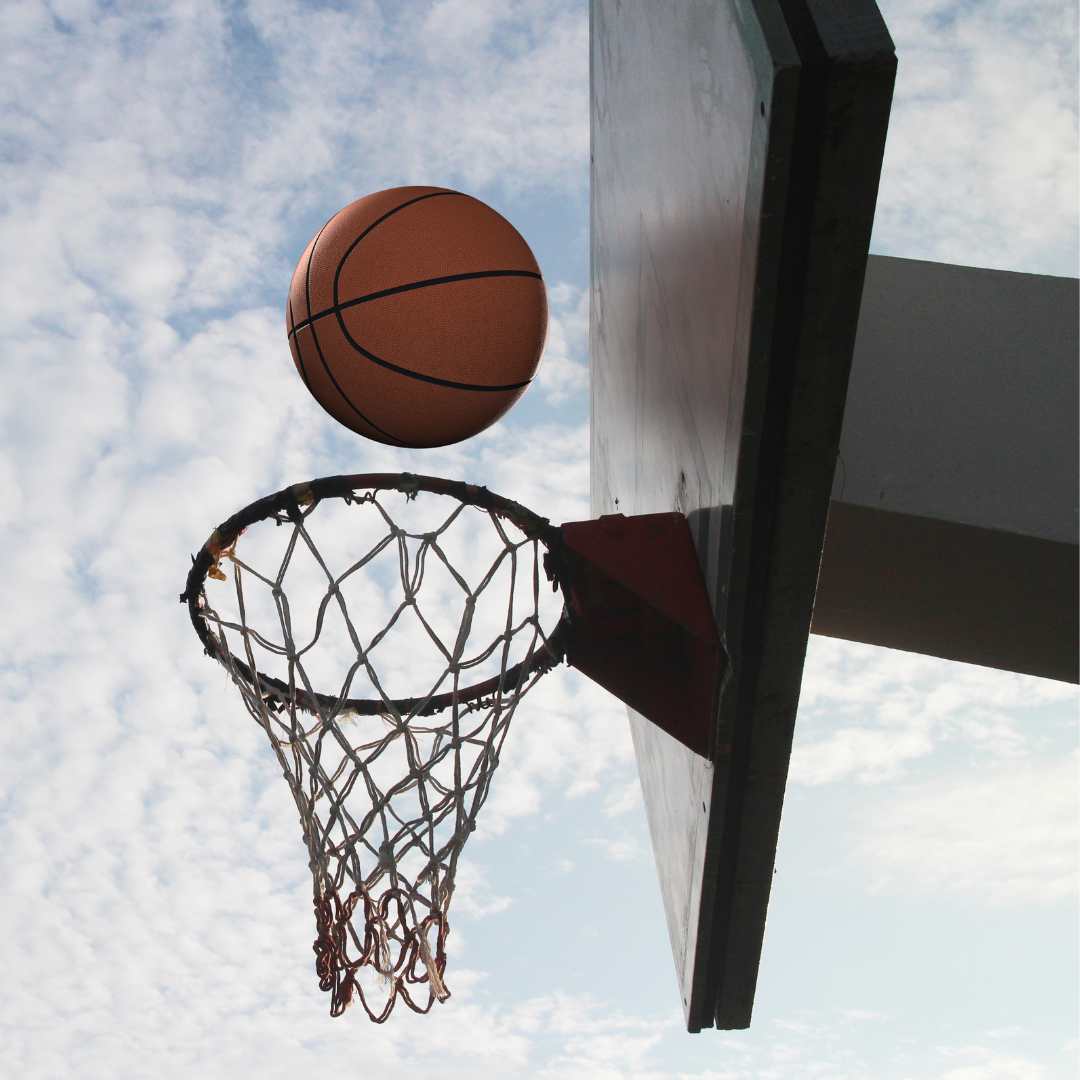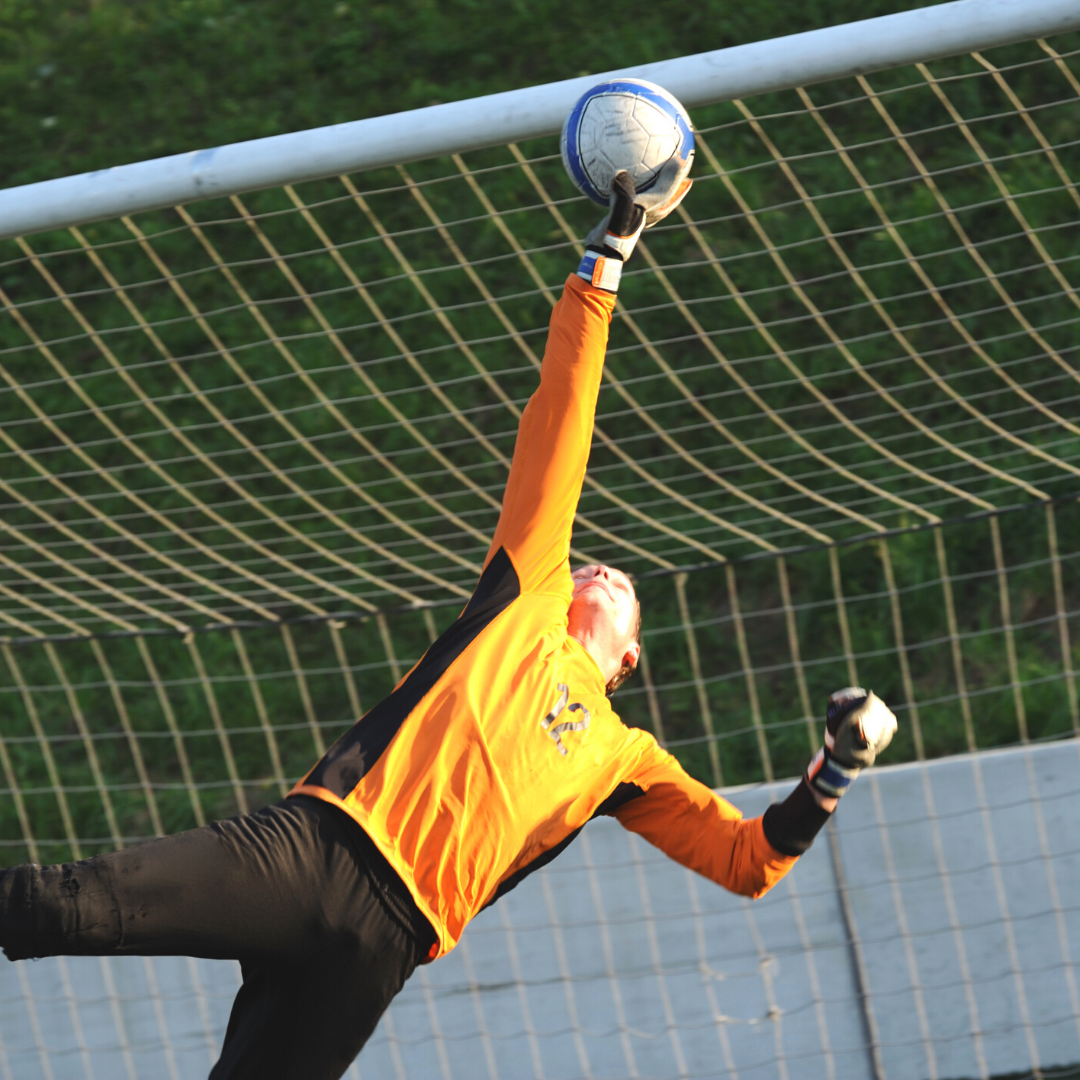Mohamed Salah’s Champions League final ended in heartbreak on Saturday as the Liverpool forward suffered a game-ending shoulder injury only 29 minutes in against Real Madrid. Salah landed awkwardly on his shoulder after a challenge from Sergio Ramos, with Salah’s arm seemingly trapped as they tumbled to the ground. He was assessed by Liverpool’s medical team and deemed not fit to continue.
With the World Cup starting in less than three weeks, there has been much speculation regarding the severity of Salah’s injury and whether he will be ready for Egypt’s first match, against Uruguay on June 15.
The initial reports have varied with regards to the exact injury suffered by Salah. Some have reported a shoulder sprain and others a shoulder dislocation. The good news is that both of those injuries can usually be treated conservatively (at the very least, in the short term), which means that Salah should be ready for the World Cup.
Let’s take a closer look at those injuries, though, to see exactly what is going on.
The term “shoulder sprain” often refers to an injury of the acromioclavicular (AC) joint. It is also referred to as a shoulder separation. A sprain or separation at the AC joint results in injury to the ligaments that attach the clavicle (collar bone) to the coracoid (small bone in the front the shoulder). The most common causes are either a strong, direct blow to the front or top part of the shoulder or trauma from a fall, which was potentially the case for Salah.
Depending on the severity of the ligament damage, acromioclavicular sprains are classified into six grades. Not to oversimplify, but Grades 1 and 2 (which constitute the overwhelming majority of AC joint injuries) can be treated conservatively with little, if any, effect on shoulder function. Grade 3 injuries occasionally require surgery, but even in those cases, it could be delayed until after the World Cup. The same goes for Grade 4 and 5 injuries. The extremely rare case that requires immediate surgery is the Grade 6 tear, which almost never occurs. Given that Salah did not require urgent/emergent surgery, we can reasonably assume that he had a lower-grade injury.
So what if his injury was actually a shoulder dislocation?
The shoulder is a ball-and-socket joint. Shoulder instability (or shoulder dislocation) occurs when the humerus (or ball part of the shoulder) is forced out of the socket (glenoid). The most common direction is anteriorly, and it is typically the result of trauma.
For the shoulder to dislocate, one or more things has to happen: The labrum can tear, the glenoid can fracture, and/or the rotator cuff can tear. Most instability is the result of labral tearing. While this may require surgery in the future, many athletes can return to sport, especially soccer, without difficulty as soon as a week or two from the injury. As a matter of fact, many American football players return to play within a couple of weeks after a shoulder dislocation, and that is a contact sport that puts the players at a much higher risk for future injury relative to soccer.
If the dislocation is the result of a rotator cuff tear (rare in people younger than 40) or a glenoid fracture, the shoulder will likely require surgery. That said, even in many of these cases, the surgery can be delayed by a month or two, probably with limited effect on long-term outcomes.
As one can see, it is the rare shoulder injury that will require emergent treatment, particularly as it relates to soccer, I am confident that Salah will be back representing his country in Russia in two weeks.



